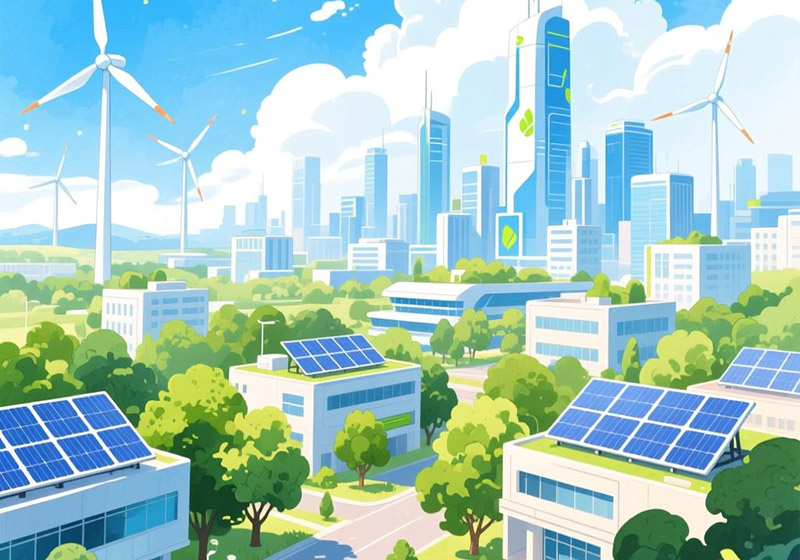As the global warming is becoming more and more obvious, the cut of carbon emission is becoming the common goal of governments and companies in different countries. Under the strategic background of "carbon neutrality," the air conditioner, as a high-power-consumption appliance, is now facing the unprecedented transforming pressure and challenge.
I. Carbon neutrality goal challenges the air-conditioning industry
Air conditioning is the major power consumer in residential and commercial electricity supply. In some high-temperature countries, power consumption for cooling in summer could reach 1/3 of the whole power grid.
Energy-consumption limitation: Many governments introduce stricter energy efficiency standards, requiring air conditioning units to reduce the power consumption.
Refrigerant replacement: Traditional refrigerants are expelled due to their high GWP value, and newly eco-friendly refrigerants are the key to the industry transformation.
Carbon emission supervision: From the European Union to the Middle East, more and more markets regard "low carbon" and "green certificate" as the product entry barriers.
This means the air conditioner manufacturers need to act on the energy-efficiency imrpovement and the environmental-protection transformation, or they will face the market entry barriers.
II. Technology innovation strives green upgration
Under the requirements of carbon neutrality, rechnology innovation is the only way of the breakthrough in the industry:
Inverter technology: By adjusting the compressor speed, it could achieve lower power consumption.
Green refrigerant: R32, R290, and such low-GWP refrigerants are popularizing steadily with both eco-friendliness and high energy efficiency.
New energy application: Photovoltaic direct drive and solar air conditioning are becoming hot solutions in emerging markets, such as solar air conditioners.
Smart control: The Internet of Things and intelligent temperature control systems can optimize energy efficiency management and avoid energy waste.
Those directions not only comply to the carbon neutrality trend, but also provide air conditioning companies a space for differentiated competition.

III. Policy and market dual-wheel drive
Carbon neutrality goal is not only am environmental-protection policy, but also an exchange of the marketing demand structure:
Policy-driven: The EU's "Green New Deal", the Middle East's "Sustainable Development Strategy", and the upgrade of energy efficiency standards in many Asian countries are all driving the transformation of air-conditioning companies.
Consumption Upgrade: End customers are increasingly focused on energy conservation, power saving, and environmental protection, making high-efficiency air conditioners more competitive.
Market Opportunities: Emerging markets such as Africa, Southeast Asia, and South America are rapidly gaining acceptance for solar air conditioners and high-efficiency air conditioners.
This creates the new blue sea for exporting companies.
IV. Commercial logic of the industry transformation
The carbon neutrality transformation is not only the response to the supervision but also the absolute choice of continuous development for companies.
Lower operation risk: The industry transformation complies with the environmental-protection regulations and reduces the risks from trade barriers.
Improve brand value: Green and environmental-protection have become the competitive marks for brand in the international market.
Explore emerging markets: With energy-saving and green solutions, the air conditioner manufacturer could win more policy encouragement and consumer preference.
The global carbon neutrality goal brought the air conditioning industry pressure, but it further bred new opportunities. Only with continuous investment in energy-saving, environmental friendliness, intelligence, and green energy shall the air conditioning companies truly achieve "low carbon transformation" and keep competitiveness in the international market.